The rise in rural property values is surprising a lot of people—especially those who assumed only big cities and suburbs were booming. But this surge isn’t necessarily being driven by retirees or remote workers looking for a slower pace of life. In many states, rural land is being snatched up for entirely different reasons, some of which may actually reshape what rural life looks like in the years to come. From data centers and solar farms to new infrastructure projects, these increases are tied more to speculation and industry than tradition. Here are 12 states where rural properties are rising fast—just not for the reasons you might think.
1. Texas

According to the Texas Real Estate Research Center at Texas A&M, rural land prices in the Lone Star State have soared, particularly in Central and West Texas. But it’s not just ranchers or retirees driving the trend—tech companies and energy developers are buying up acreage for wind farms, solar projects, and even potential data centers. These buyers aren’t looking for homesites but for large, flat parcels with access to transmission lines. The result? Property values are climbing far faster than wages or traditional home prices in nearby small towns.
Local residents are feeling the pressure as taxes and living costs creep up. Meanwhile, longtime ranches are being split into “ranchettes” to meet speculative demand. Some landowners are thrilled to cash in, but others worry their way of life is disappearing. While rural, this version of Texas feels less like the past and more like the future.
2. Arizona

Rural counties in Arizona are seeing a wave of investment, particularly in areas near power infrastructure and existing highways. The Arizona Republic reports that land in places like Pinal and Mohave Counties is being snapped up for industrial use and planned communities, not just homesteads. Investors see opportunity in the vast open spaces, low regulations, and year-round sun. While some buyers hope to retire off-grid, others are betting on massive developments down the line.
Locals are surprised to see dirt roads and quiet stretches of desert suddenly buzzing with survey crews and permit signs. Speculators are banking on water rights, highway expansions, and proximity to Phoenix or Las Vegas. As a result, prices are rising even for parcels without power or wells. What looks like sleepy rural land is quietly becoming Arizona’s next big frontier.
3. Tennessee
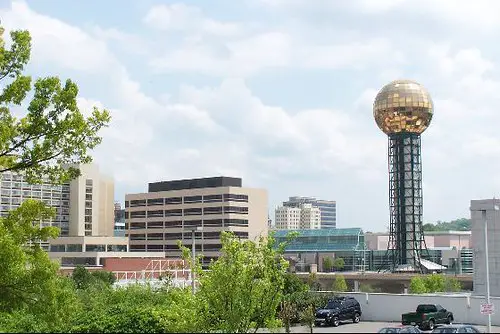
Tennessee’s rural property boom has less to do with mountain retreats and more to do with manufacturing and transportation. The Tennessee Department of Economic and Community Development has highlighted how rural counties are attracting logistics facilities, warehouses, and EV manufacturing support. These commercial uses are pushing up land prices even in areas once considered remote. In some cases, industrial buyers are outbidding families looking to build homes.
What looks like a scenic patch of farmland may actually be zoned for light industrial use—and developers are taking notice. As mega-factories pop up in places like Spring Hill and Stanton, surrounding rural land is becoming more valuable. Residents in neighboring towns are seeing prices rise and traffic increase. The state’s rural charm is still there—but it’s sharing space with forklifts and concrete.
4. Georgia
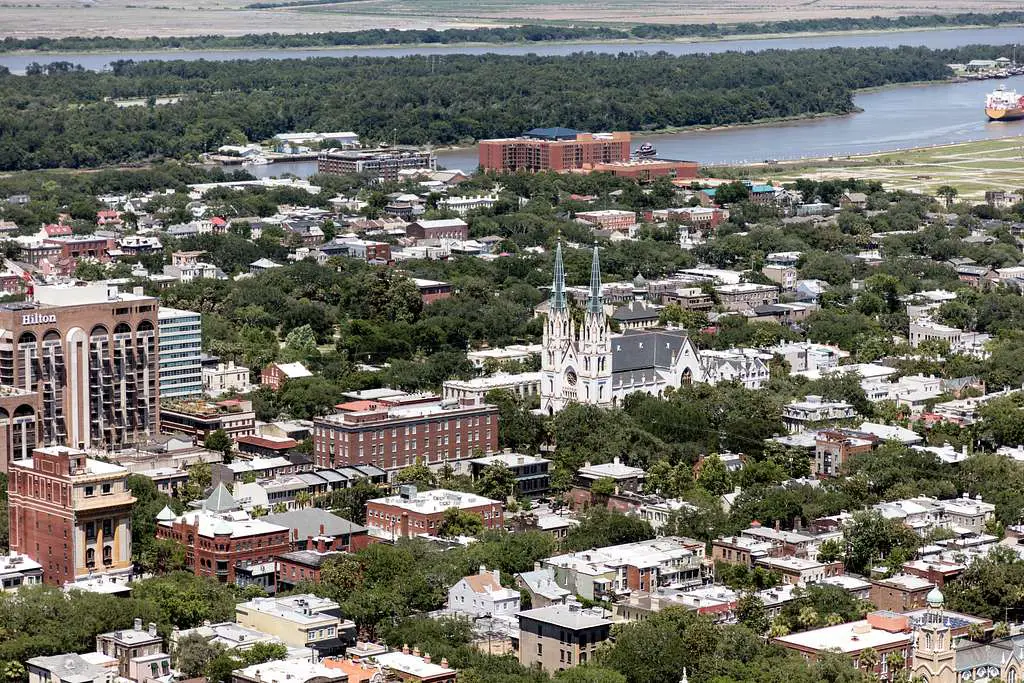
In Georgia, the increase in rural property values is being shaped by data infrastructure and large-scale farming ventures. According to Georgia Trend, counties south of Atlanta are seeing strong demand from companies building data centers and large-scale agricultural operations. This demand is changing not just pricing, but the intended use of the land. Property that once supported family farms is now being eyed for automation-heavy agribusiness.
This shift means fewer locals are buying land for homes or traditional farming. Instead, corporate buyers are making cash offers that smaller buyers can’t match. While the tax base grows, community character and affordability are being stretched thin. The Georgia countryside is changing quickly—and not always in ways that benefit the people living there.
5. Montana
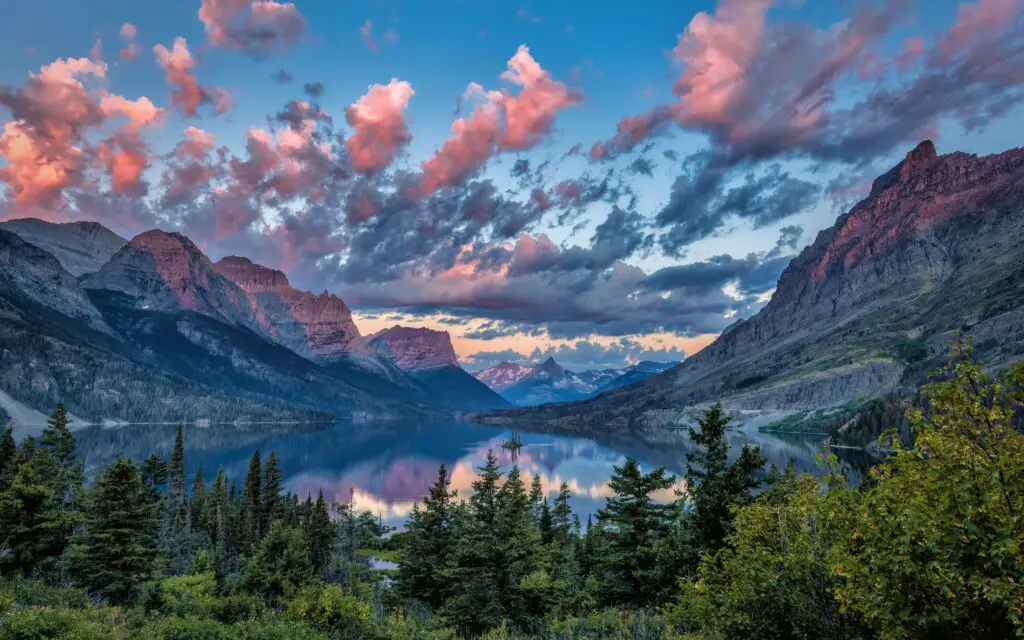
Montana’s wide-open spaces have long appealed to hunters and solitude seekers, but now there’s a rush on land for luxury off-grid living and “prepper” compounds. Fueled by fears about the economy and civil unrest, buyers are looking for self-sustaining land with water rights and space for livestock. Real estate agents report out-of-state buyers paying top dollar—sometimes sight unseen—for rural tracts. As a result, locals are getting priced out of the very lifestyle their families have had for generations.
Some counties are seeing the cost of raw land double in just a few years. These buyers aren’t building communities—they’re building bunkers, in some cases literally. That shift in mindset is changing the type of development seen across Montana’s rural regions. It’s not about ranching anymore—it’s about resilience.
6. Florida
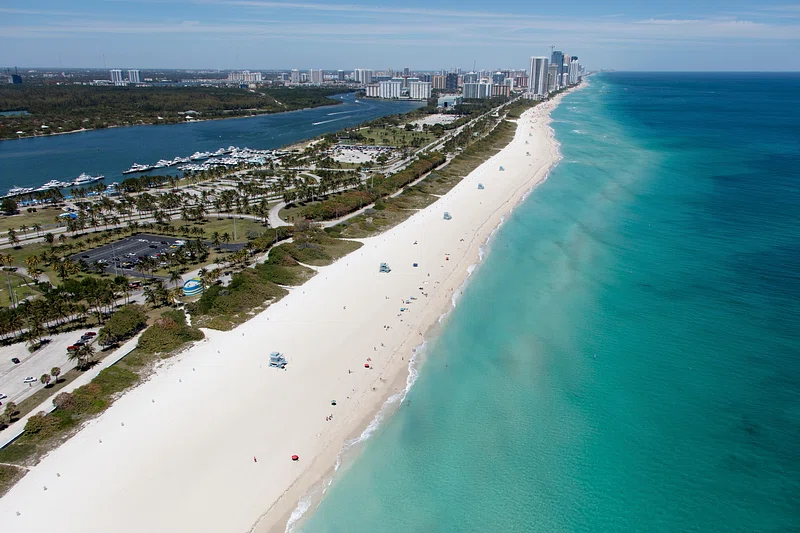
Forget beachfront condos—rural inland Florida is seeing one of the fastest increases in land value across the Southeast. Areas like Polk, Highlands, and Okeechobee Counties are being bought up for large-scale housing developments aimed at commuters priced out of coastal cities. What was once pasture or pine forest is quickly becoming construction zones for cookie-cutter homes. These new builds are designed for volume, not charm.
Meanwhile, investors are purchasing parcels with no current infrastructure, banking on future road projects and suburban sprawl. In some counties, this is leading to debates over zoning, water usage, and school crowding. Prices are up, but services often haven’t caught up. For longtime residents, the rural quiet is being replaced with traffic and townhomes.
7. Idaho
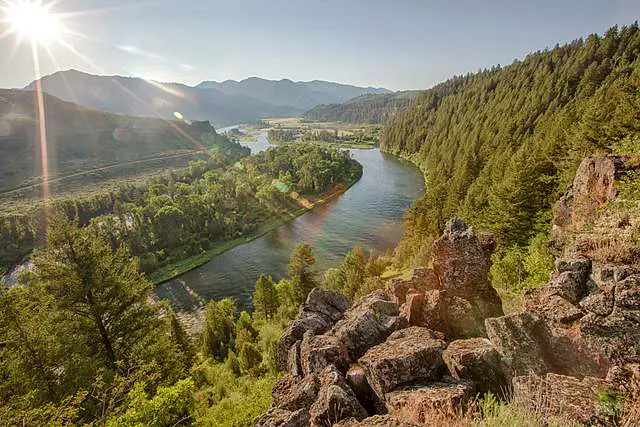
Idaho’s rural regions are gaining popularity, especially among West Coast transplants looking for lower taxes and more space. But unlike past waves of homesteaders, these buyers are also bringing remote businesses, Airbnb investments, and new development models. Land that was once used for farming is now being turned into vacation rentals or high-end cabins. Even towns with fewer than 1,000 people are seeing bidding wars.
While this growth has boosted local economies, it has also driven up costs for land, lumber, and basic services. In some cases, farmland is being subdivided and sold at three or four times its pre-pandemic value. Longtime residents are increasingly finding themselves priced out or pushed farther from amenities. What’s good for property values isn’t always good for community cohesion.
8. North Carolina
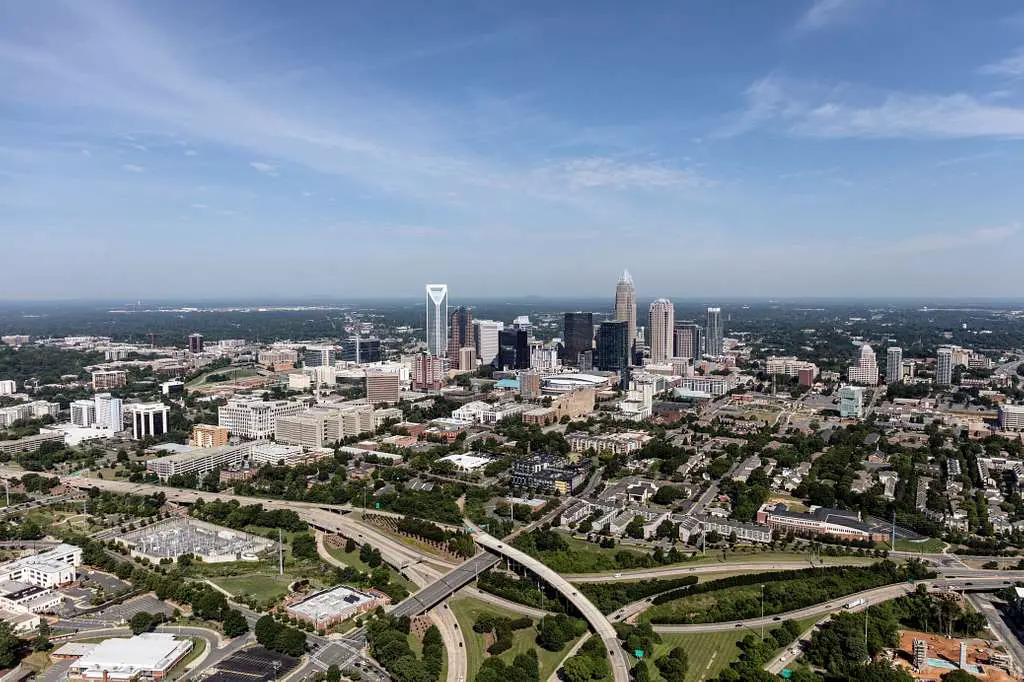
Western North Carolina has become a target for buyers seeking a balance of scenic beauty and long-term investment potential. But it’s not just retirees and weekenders anymore—companies involved in cryptocurrency, storage, and tech development are buying up land for server farms and secure facilities. These operations require privacy, space, and power—three things rural North Carolina can still offer. Local officials are grappling with how to balance jobs with environmental concerns.
Meanwhile, families looking to build on inherited land are shocked by how expensive permits and materials have become. Counties that were once overlooked now face increasing pressure to modernize infrastructure. In some cases, the land is more valuable undeveloped than as a residence. The mountains are getting more wired—and more crowded.
9. Colorado
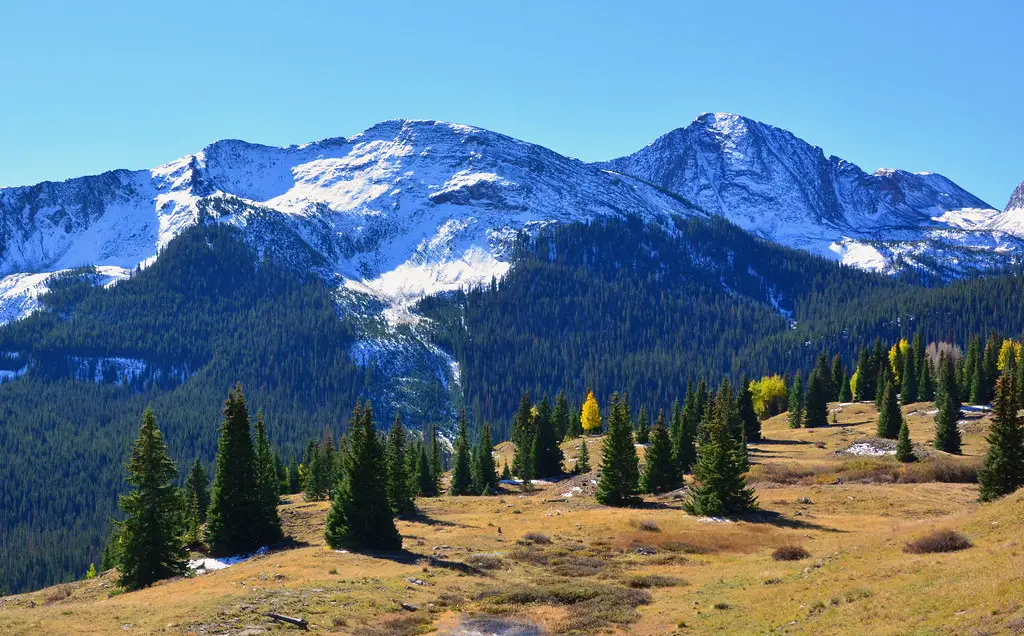
Colorado’s rural real estate boom is being driven not just by remote workers, but also by speculative investors looking to flip land as utilities expand. Southeastern counties are seeing parcels change hands rapidly, even in areas with no immediate plans for development. Buyers are betting that growth from Denver and Colorado Springs will eventually spill outward. In the meantime, property values are rising on future potential alone.
Water rights and solar access are major considerations, especially as drought concerns grow. Land once deemed marginal is now seen as valuable for resource-related projects. Some investors never even visit the land before purchase. For locals, it’s unclear whether this boom will lead to long-term benefit—or just temporary pressure.
10. Oregon
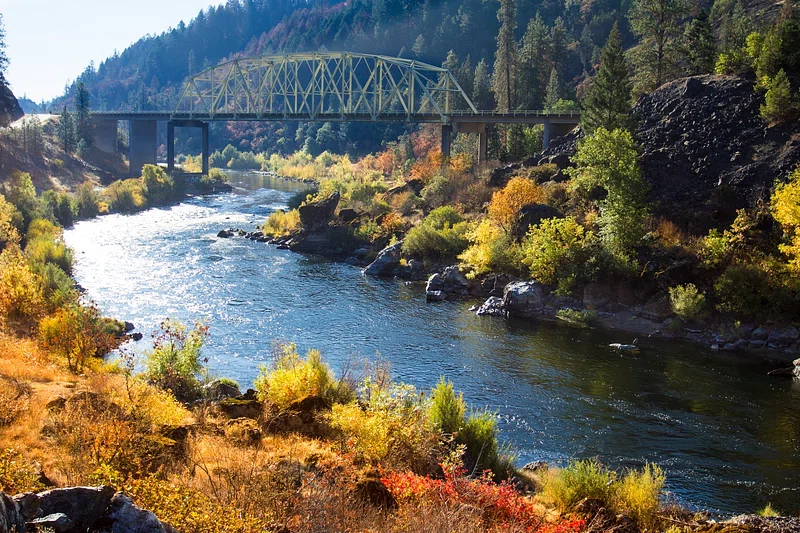
In rural Oregon, values are rising fast, especially in counties that straddle access to both farmland and power infrastructure. With green energy demand on the rise, solar and wind developers are quietly securing long leases and land options. These deals don’t always result in immediate construction, but they do create upward price pressure. As utility-scale projects loom, small farmers find themselves caught in a bidding war they can’t win.
At the same time, recreational buyers are targeting the same land for hunting, RV use, and weekend getaways. As a result, demand is coming from two very different camps—neither of which prioritizes local agriculture. The land is profitable, but not necessarily productive. The landscape is changing—and so is the purpose of owning land.
11. Alabama
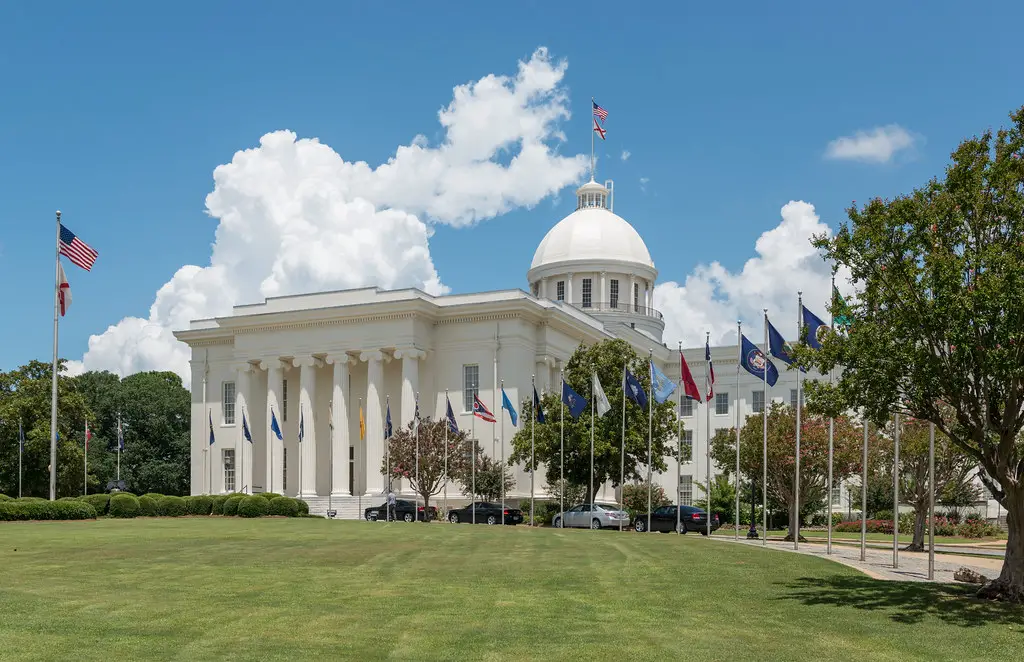
Rural Alabama has long been considered a low-cost option for homesteaders and hunters, but now large tracts are being acquired for timber, mining, and industrial purposes. Interest in mineral rights and access to rail lines is spiking land value in ways that don’t directly benefit residents. Local officials often welcome the investment, but infrastructure struggles to keep up. In some counties, schools and hospitals remain underfunded even as property taxes rise.
Outsiders may see empty land, but many parcels are already under corporate control. Small buyers are forced to compete with firms that see land as an asset—not a place to live. The shift is pricing out younger buyers and hollowing out rural communities. The story here isn’t growth—it’s resource extraction.
12. Nevada

In Nevada, land value spikes in rural areas are being driven by speculative bets on future development tied to AI and data processing. The Reno-Tahoe Industrial Center and surrounding counties have seen demand explode for land that offers fiber access and cooling potential. Investors are betting that cheap rural parcels will become prime real estate as data infrastructure grows. It’s tech speculation, not lifestyle migration.
Meanwhile, nearby residents face increased taxes and housing costs without seeing direct benefits. The growth is uneven, and in many cases, invisible—until you see the numbers on a property appraisal. Small towns aren’t necessarily growing, but their land is. For now, it’s a digital gold rush with very real effects on the ground.
